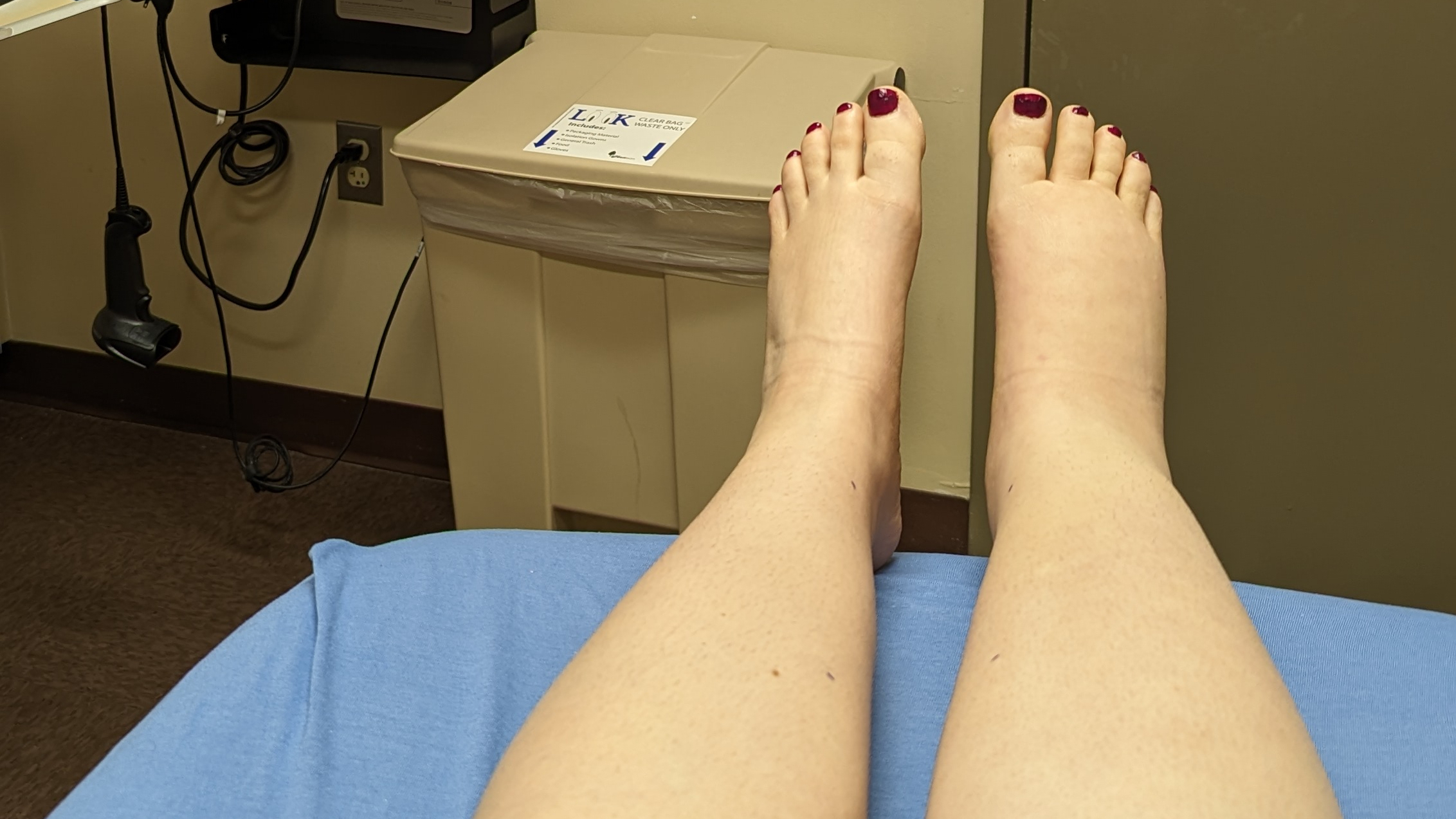Were you aware that our bodies have two circulatory systems? I know – I had no clue either. In addition to the familiar cardiovascular system, we also have the lymphatic system moving fluid throughout our bodies.
This chart from LymphNotes.com explains the different functions of each system and what roles they play within our bodies:
Cardiovascular System
|
Lymphatic System
|
| Blood is responsible for collecting and distributing oxygen, nutrients and hormones to the tissues of entire body. | Lymph is responsible for collecting and removing waste products left behind in the tissues. |
| Blood flows in a closed continuous loop throughout the body via the arteries, capillaries, and veins. | Lymph flows in an open circuit from the tissues into lymphatic vessels. Once within these vessels, lymph flows in only one direction. |
| Blood is pumped. The heart pumps blood into the arteries that carry it to all of the body. Veins return blood from all parts of the body to the heart. | Lymph is not pumped. It passively flows from the tissues into the lymph capillaries. Flow within the lymphatic vessels is aided by other body movements such as deep breathing and the action of nearby muscles and blood vessels. |
| Blood consists of the liquid plasma that transports the red and white blood cells and platelets. | Lymph that has been filtered and is ready to return to the cardiovascular system is a clear or milky white fluid. |
| Blood is visible and damage to blood vessels causes obvious signs such as bleeding or bruising. | Lymph is invisible and damage to the lymphatic system is difficult to detect until swelling occurs. |
| Blood is filtered by the kidneys. All blood flows through the kidneys where waste products and excess fluids are removed. Necessary fluids are returned to the cardiovascular circulation. | Lymph is filtered by lymph nodes located throughout the body. These nodes remove some fluid and debris. They also kill pathogens and some cancer cells. |
| Blood vessel damage or insufficiency produces swelling containing low-protein fluid. | Lymphatic vessel damage or insufficiency produces swelling containing protein-rich fluid. |
A big thank-you to LymphNotes.com, where this information is from!



Leave a Reply